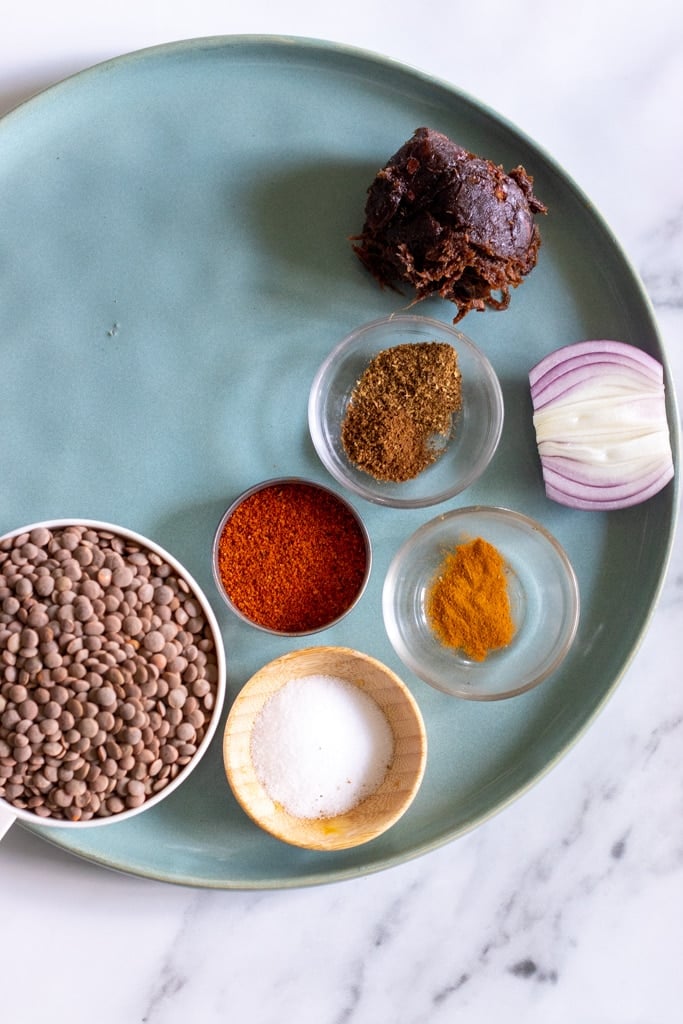Comfort foods are the familiar kind. For many of us this Kaali Daal (or Sabut Masoor ki Daal if you are going to be proper about it), is made in a certain way. For some it’s most loved in it’s Daal Makhani incarnation, for others it’s best when whole spices and mint make an appearance.
The Kinds of Masoor Daal:
My family is fairly simplistic in it’s identification of daals - to this day it’s by colour. My mother’s tomtato-y masoor is ’laal’ (red) daal, moong is yellow daal, and this one is kaali daal although it’s actually brown. The most common varieties of Masoor Daal are All the above daals are rich in iron and magnesium and an integral part of Pakistani and Indian food.
Kaali Daal & Ashura: Food Memories
The flavour of kaali daal alone isn’t what makes it one of my favourites. It is also the associated memories. It is that first meal back from a year away at college and the simple meal that I associate with the breaking of the fast on the tenth of Muharram. TO learn more about it’s significance hope over to Super Urdu Mom and read her piece over here.
Sabut Masoor Recipe: Some Unusual Ingredients
Usually a daal recipe will contain daal + spices and garnishes at the end. This recipe has two ingredients that make it a little unusual. Usual Suspects: Sabut Masoor ki Daal, Salt, Chilli Powder, Turmeric, Coriander Powder, Cumin Powder. Unusual additions: Onions & Tamarind. A little diced onion goes a very long way in a daal, helping the base become richer in texture and flavour and also helping with the tenderizing of the daal. Baghaar: The version I make is with basic ingredients, but feel free to customize it by adding onions or taking away whatever doesn’t feel right to you. As I said earlier our sense of comfort comes from familiarity and nothing beats the feeling of the perfectly comforting daal.
Making Kaali Daal
The making of the daal is straightforward. Yes, those caps felt necessary. Soaking the sabut masoor daal allows the daal to not just cook faster, but also makes the nutritional absorption from the daal easier on our digestive system. Soak for a minimum of 30 minutes, but longer is okay too. Once your daal is soaked you can go ahead and combine the daal ingredients in a pot or an Instant Pot. For an Instant Pot, put your pot on high pressure for 15 minutes and then naturally release it for 10. For stovetop daal, bring your daal to a boil and simmer for 40-45 minutes or until tender. As soon as your daal is ready add your tamarind (if using) and adjust seasonings to taste. Heat a frying pan, add your baghaar ingredients and as soon as the garlic is richly golden pour the baghaar over your cooked daal. Voila!
Freezing Daal:
You know I am all about that do ahead life. I will often double the daal in the IP, and freeze half. It gets defrosted the day I want to eat it and topped with fresh tadka. TIP: If you are planning on freezing your daal you can use less water so it takes less freezer space. This is a well loved daal recipe that has received a recent face lift, comment below if you’ve made it, and as always, I appreciate the ratings!










